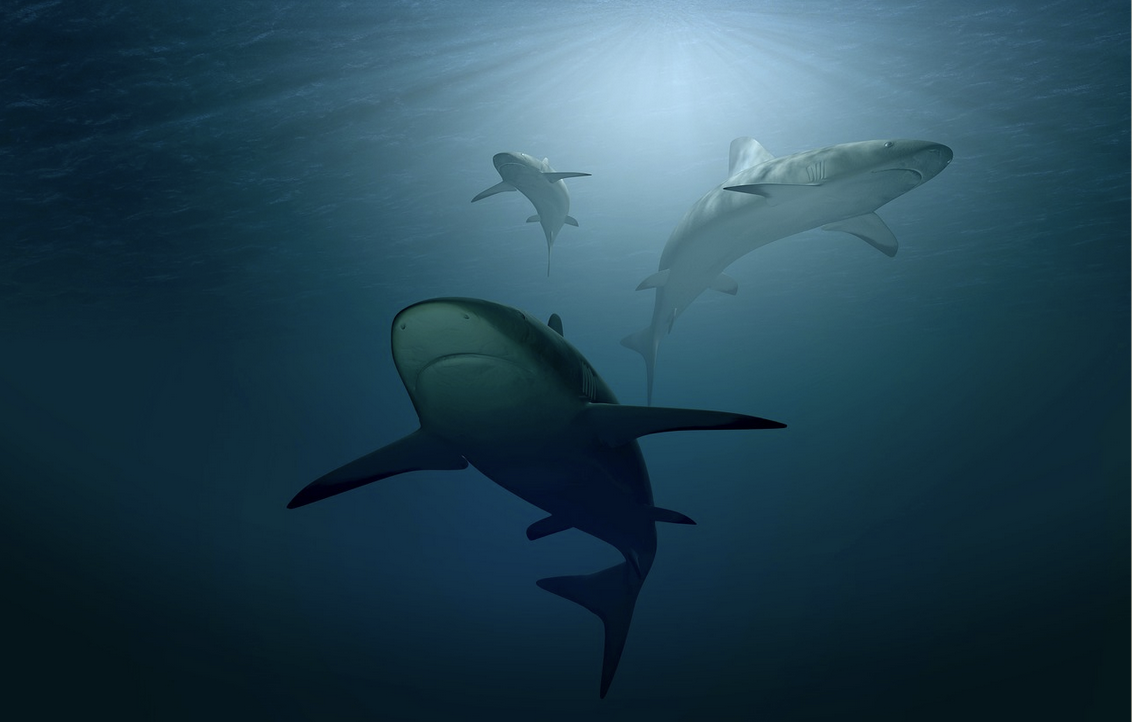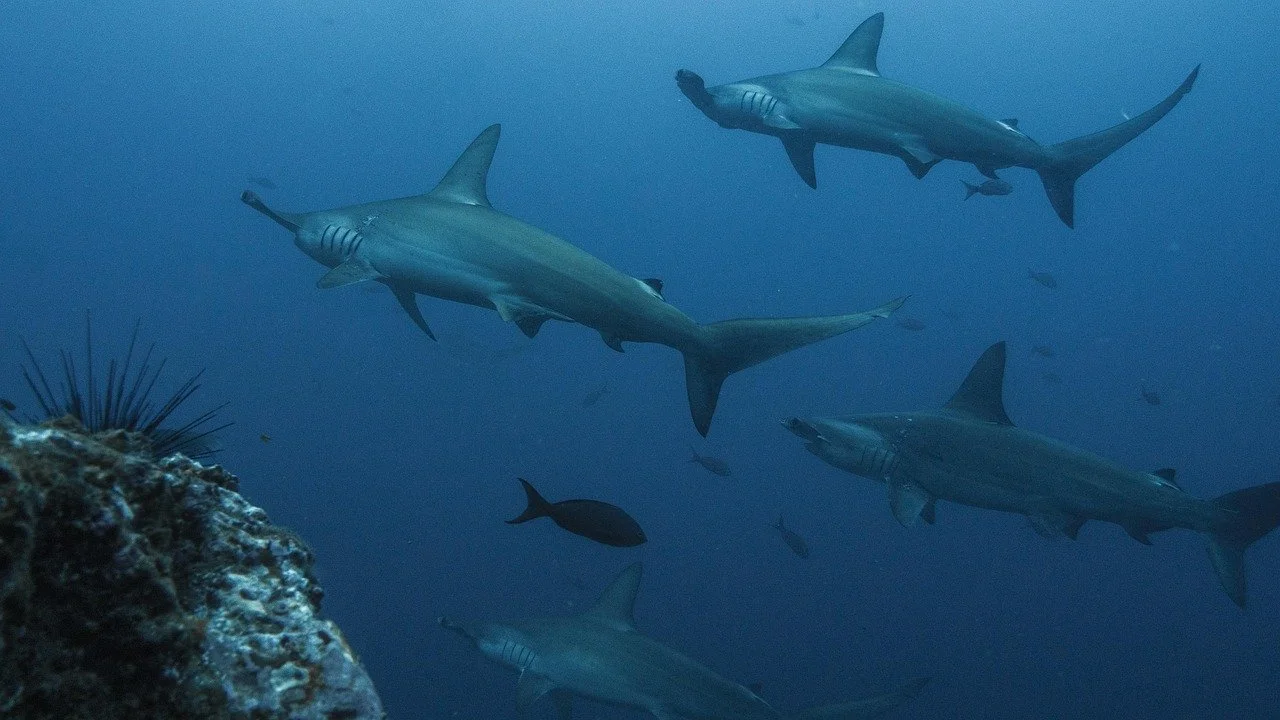Shark Conservation Efforts Inspired by Jaws
The 1975 blockbuster film Jaws has had a complicated legacy when it comes to our relationship with sharks. Even though the movie instilled fear in beachgoers worldwide — better to order Brazilian mail order brides online than to venture into their dangerous home waters by yourself — it also inspired one of the most remarkable conservation turnarounds in marine history.
The Unintended Impact of Jaws
When Jaws exploded onto theater screens in the summer of 1975, it became the first true summer blockbuster and forever changed how the public viewed sharks.
Fear and Misconceptions
The movie portrayed sharks, specifically the great white, as vengeful predators that could deliberately target humans. In the years following the film's release, several effects were observed:
A marked decrease in beach attendance in coastal communities;
A surge in recreational shark fishing as trophy hunting became popular;
The development of what experts call the "Jaws effect" — an exaggerated fear of attacks despite their statistical rarity;
A public perception that viewed shark killing as acceptable or even beneficial.
This climate of fear contributed to a significant decline in shark populations in the decades following the film's release.
Movie fiction: Sharks deliberately hunt humans
Scientific reality: Attacks on humans are extremely rare
Movie fiction: Sharks hold grudges and seek revenge
Scientific reality: Sharks have no concept of vengeance; they are guided by instinct and hunger
Movie ficton: Great whites regularly patrol beaches
Scientific reality: Most species avoid shallow waters and human activity
Peter Benchley's Remarkable Transformation
Perhaps the most powerful conservation story to emerge from Jaws was the profound transformation of Peter Benchley himself. After witnessing the unintended consequences of his novel and the subsequent film, Benchley began educating himself about shark behavior, biology, and conservation status. What he learned transformed him from a writer who had capitalized on fear into one of the world's most passionate shark advocates.
The Scientific Revolution in Shark Research
ronically, Jaws helped spark unprecedented interest in shark research. The public's fascination with these predators, even if initially based on fear, created opportunities for scientists to study the species more extensively than ever before.
Following the release of Jaws, there was a significant increase in funding and attention given to shark research. Scientists began conducting field studies that revealed sharks to be far more complex and vulnerable than previously understood.
Global Conservation Initiatives
As scientific understanding of sharks improved, conservation efforts expanded. Today, numerous organizations and government agencies work to protect their populations.
Several international agreements now offer protection for sharks:
The Convention on International Trade in Endangered Species (CITES) has listed 38 important shark and ray species.
The Convention on Migratory Species (CMS) provides protection for several species that cross international boundaries.
Regional Fisheries Management Organizations (RFMOs) have implemented measures to reduce shark bycatch and prohibit finning.
One of the most significant threats to the species globally has been the demand for shark fin soup. In response:
Several sanctuaries have been established worldwide, covering more than 3% of the world's oceans.
Multiple countries have implemented some form of finning ban
The U.S. requires that sharks be landed with "fins naturally attached."
However, recent research suggests that while finning bans represent important progress, they alone are insufficient for shark conservation. A 2024 study found that species mortality increased by approximately 4% in coastal fisheries between 2012 and 2019, despite the proliferation of finning bans.
Takeaway: From Villain to Conservation Icon
The journey from Jaws to modern shark conservation shows a remarkable transformation in how we perceive and protect these ancient ocean predators. The film that once instilled fear in beachgoers worldwide has, through an unexpected twist of history, helped inspire one of the most significant marine conservation movements of our time.


